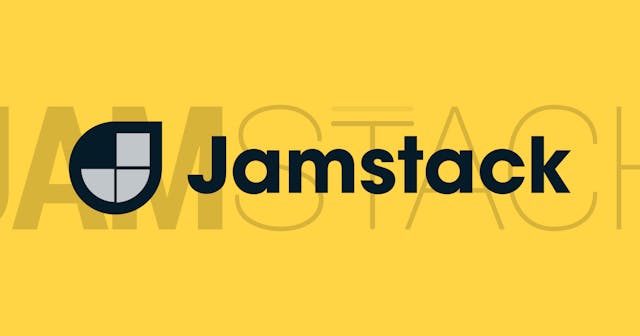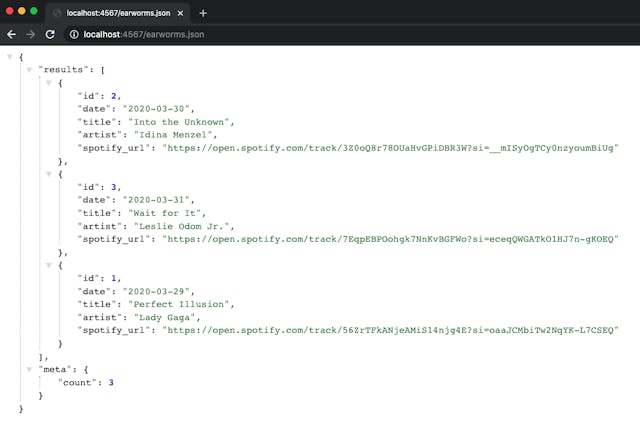
The Best Thing about Jamstack
In exploring the artifacts of the early Jamstack movement, I’ve come to discover the best part of the Jamstack. This now guides how I describe Jamstack.
Early in 2021, I found myself in a recurring (passionate) conversations all around the same general topic: What is Jamstack?
After 18 months of searching, questioning, and conversation, I’ve formed to an adjusted opinion.
Allow me to first back up and provide additional context before sharing how I think we can talk in unison about Jamstack today.
Jamstack 2021: Beyond an Acronym
By the time these conversations were becoming more prevalent, the community had already decided to move beyond its roots in transitioning away from “JAMstack” where “JAM” was an acronym for JavaScript, APIs, and Markup. The move toward the new casing of “Jamstack” was an early indication that something had changed, though it wasn’t exactly clear what that something was.
Agonizing over a Definition
That led me to a number of conversations with thought leaders around the Jamstack community, which resulted in the formation of a strong opinion on what I thought Jamstack had become.
It didn’t help.
Some people agreed. Others didn’t. We didn’t make progress. And to this day, many folks still hold opposing opinions about a definition. (That feels a little silly.)
Many (like me) wanted to hang on to some form of the original meaning. On the other end of the spectrum, folks wanted to drop the term Jamstack entirely. And there were many others somewhere in the middle who still knew the word had value, but it had evolved.
Defining a New Community
By mid 2021, I was even in conversations about starting a new community (BLASPHEMY!) — one that wouldn’t be so tightly coupled 🥁 to a single product or paradigm.
It’s a year later now, and the new community has yet to really find its footing.
The Best Thing about Jamstack
All of this has led me to take a step back to consider a different question:
If there are so many of us arguing about whether we need this definition of Jamstack or not, why does it continue to exist and be so meaningful to many others?
Because of the community around it.
From Movement to Community
Forget the specific definition of Jamstack today, and what artifacts are we left with? Meetups. A conference. A community.
Jamstack is a community.
For some in that community, Jamstack is also a specific expression on how they prefer to deliver web pages to their users. For others, it’s a conversational tool for convincing decision-makers to make more modern, secure, and developer-focused decisions.
Jamstack was a movement that put the developer first. That movement gave us a community. A community that continues to take a developer-driven means to design, build, and deliver fast, secure, and scalable web experience to everyone across the world.
The community is the best thing about the Jamstack. And that community is now what I use to describe the Jamstack.


